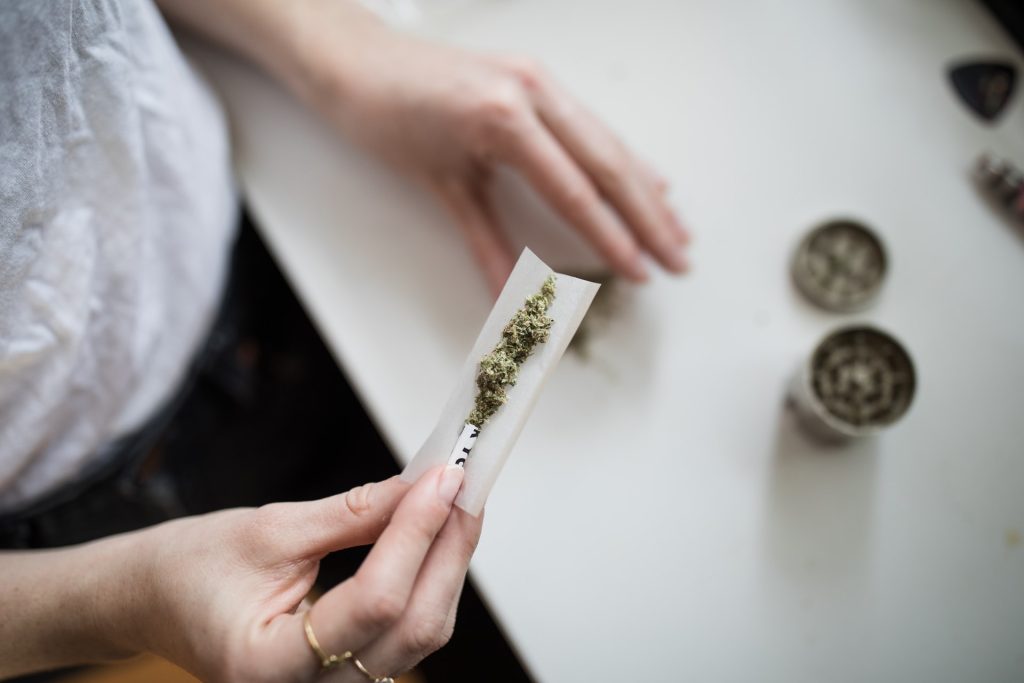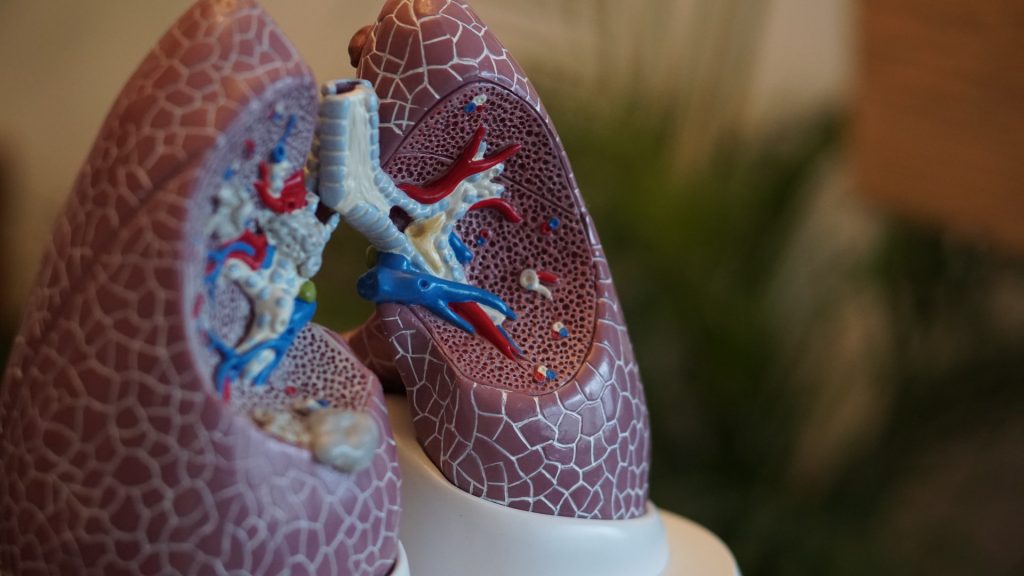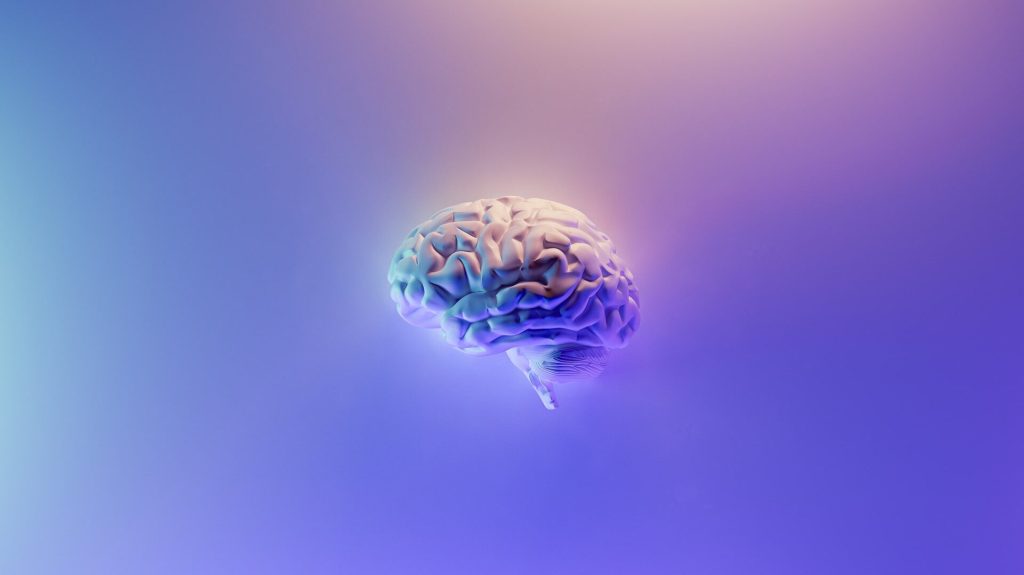Hair Analysis Reveals Double the Number of Adolescent Substance Users

Far more children and adolescents could be using drugs than admitted to in surveys, according to a new US survey using hair analysis to test for actual drug intake. Published in the peer-reviewed journal American Journal of Drug and Alcohol Abuse, the study of nearly 1300 children aged 9–13 found that, in addition to the 10% self-reporting drug use, an additional 9% had used drugs as determined by hair analysis.
The paper suggests hair analysis far outweighs the accuracy of assessing drug use compared to survey alone, and experts recommend that future research should combine both methods.
“It’s vital that we understand the factors that lead to drug use in teenagers, so that we can design targeted health initiatives to prevent children from being exposed to drugs at a young age,” says study leader Natasha Wade, an assistant professor of psychology at the University of California, San Diego.
Adolescent substance use is a serious public health issue, with 5% of US 8th graders (ages 13–14) reporting cannabis use in the last year. The numbers are even higher for alcohol and nicotine use, with 26% of 8th graders admitting to drinking and 23% to smoking nicotine in the past year. These numbers are worrying, as substance use in adolescence is linked to negative life outcomes, but they may be even higher.
To find out a multidisciplinary team of experts, led by Dr Wade, asked 1390 children whether they had taken drugs in the last year. Hair samples were then also taken so that independent tests could confirm whether recent drug-taking had taken place.
Of the children who were asked if they had taken drugs, 10% agreed that they had. Hair analyses also showed that 10% of adolescents overall tested positive for at least one drug, with 6.1% testing positive for cannabinoids, 1.9% alcohol, 1.9% amphetamines, and 1.7% cocaine.
However, the children that self-reported drug-taking were not the same as those who tested positive through hair samples. In fact, of the 136 cases that self-reported any substance use and 145 whose hair samples were positive for any drug, matches were found for only 23 cases.
Most importantly, hair drug analysis revealed an additional 9% of substance use cases over and above self-report alone, nearly doubling the number of identified substance users to 19%.
“A long-standing issue in substance use research, particularly that relating to children and adolescents, is a reliance on self-reporting despite the known limitations to the methodology. When asked, children may mis-report (unintentionally or intentionally) and say they take drugs when they don’t, or conversely deny taking drugs when they actually do,” Dr Wade adds.
“But rather than scrapping self-reporting of drug use altogether, a more accurate picture of teenage substance use can be gained by measuring both.
“Self-reporting has its own strengths, for instance young people may be more willing to disclose substance use at a low level, but are less likely to when frequent drug-taking patterns emerge.
“Conversely, hair assays are not sensitive enough to detect only one standard drink of alcohol or smoking one cannabis joint. Instead, the method is better at detecting frequent and moderate to heavy drug use.
“Combining both methodologies is therefore vital to accurately determine the levels of substance use in the teenage population.”
Commenting on the findings of their paper, the authors also add however, that it is important to note that there is a chance that some, perhaps even many, of these youth are unaware that they even used a substance, as it could have been given to them by a parent or peer or they may have simply forgotten they had used it.
Source: Taylor & Francis Group








